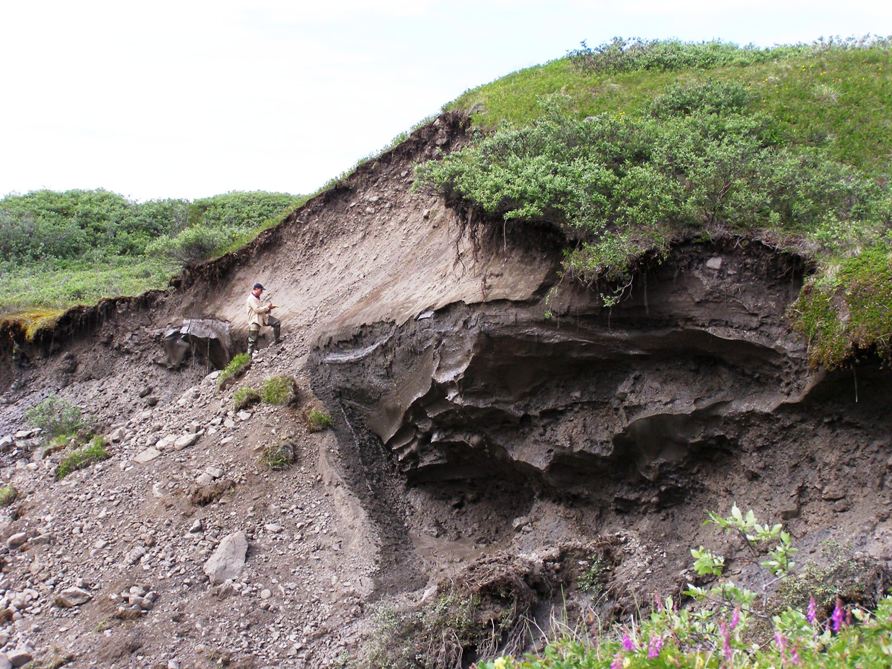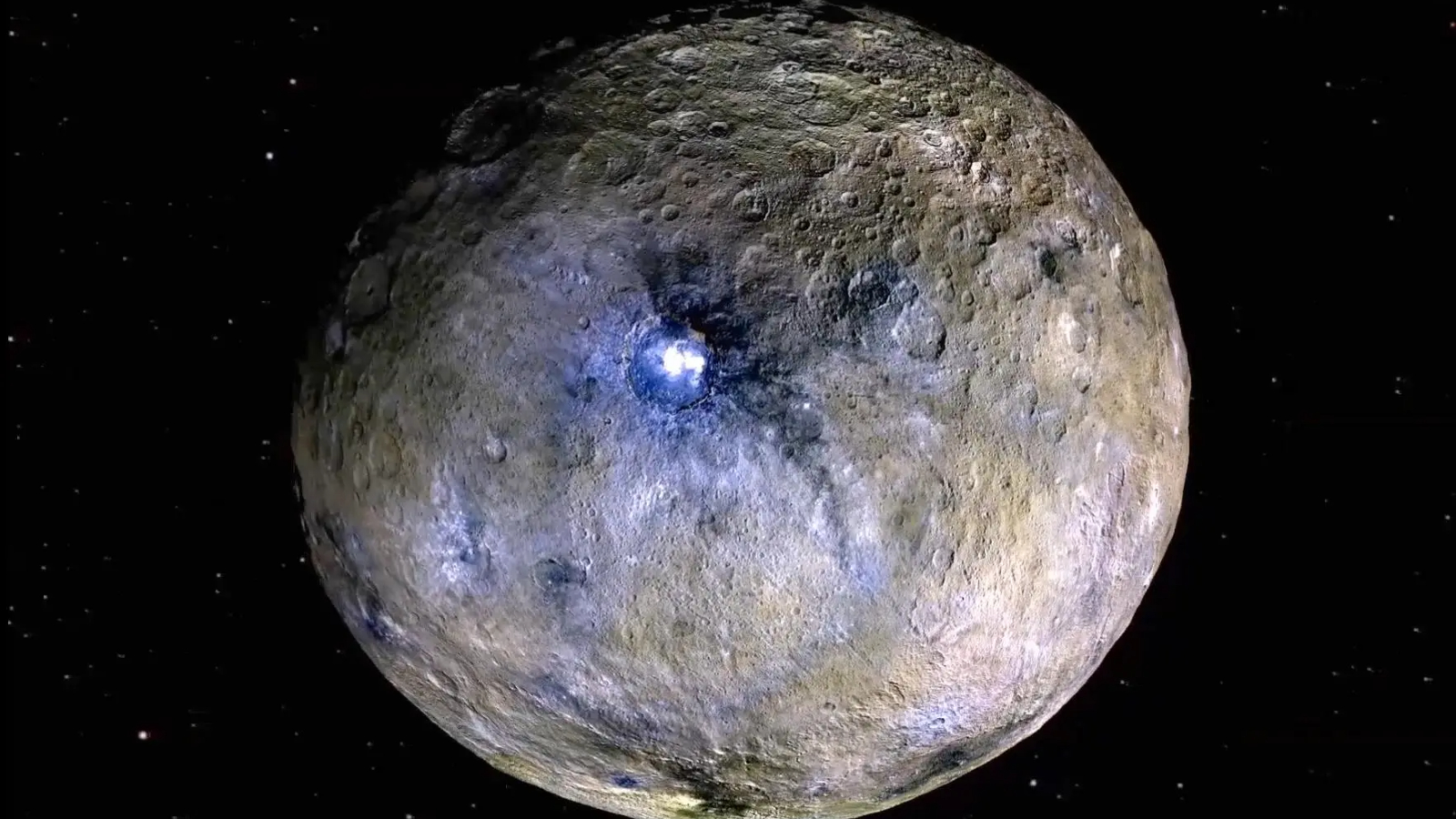
Sunlit Permafrost Unleashes Carbon at Faster Pace

As ice melts in the Arctic it can expose the ancient carbon lurking in the once-hidden permafrost to the sun's rays. The result? Carbon dioxide is spewing into the atmosphere more quickly than previously thought, according to new research.
Studies have shown temperatures are rising in the Arctic. The warming has caused more ice-rich, permanently frozen soil (called permafrost) to thaw and melt, collapsing to create a gully or a landslide and exposing new layers of soil to the sun, according to a study published today (Feb. 11) in the Journal Proceedings of the National Academy of Sciences.
Permafrost contains not only ice but also years and years worth of organic matter (carbon). When the permafrost collapses it exposes new layers of soil to sunlight, increasing bacterial conversion of organic matter into carbon dioxide gas by 40 percent compared with carbon that remains in the dark, according to the study.
The results are concerning since soils in Arctic regions store at least twice the amount of carbon found in the atmosphere, according to a release from the University of Michigan, from which two of the study co-authors hail.
"Until now, we didn't really know how reactive this ancient permafrost carbon would be — whether it would be converted into heat-trapping gases quickly or not," co-author George Kling, a University of Michigan researcher, said in the statement. "What we can say now is that regardless of how fast the thawing of the Arctic permafrost occurs, the conversion of this soil carbon to carbon dioxide and its release into the atmosphere will be faster than we previously thought. That means permafrost carbon is potentially a huge factor that will help determine how fast the Earth warms."
The study found that ultraviolet rays in sunlight both break down carbon, making it more suitable for microbial consumption, and stimulate soil-dwelling bacteria, which can turn this organic matter into carbon dioxide, the release said.
"Whether UV light exposure will enhance or retard the conversion of newly exposed carbon from permafrost soils has been, until recently, anybody's guess," lead study author Rose Cory, a University of North Carolina researcher, said in a release. "We provide the first evidence that the respiration [or the release of carbon dioxide gas] of previously frozen soil carbon will be amplified by reactions with sunlight and their effects on bacteria."
Get the world’s most fascinating discoveries delivered straight to your inbox.
The researchers analyzed organic content, and carbon dioxide release, from Arctic soil in undisturbed and melting-disrupted areas of the Alaskan Arctic. The findings suggest thawing Arctic soils could function as a "positive feedback" that amplifies climate change, whereby warming soils release more carbon dioxide that helps drive up temperatures, melting even more soil, according to the release.
Reach Douglas Main at dmain@techmedianetwork.com. Follow him on Twitter @Douglas_Main. Follow OurAmazingPlanet on Twitter @OAPlanet. We're also on Facebook and Google+.

